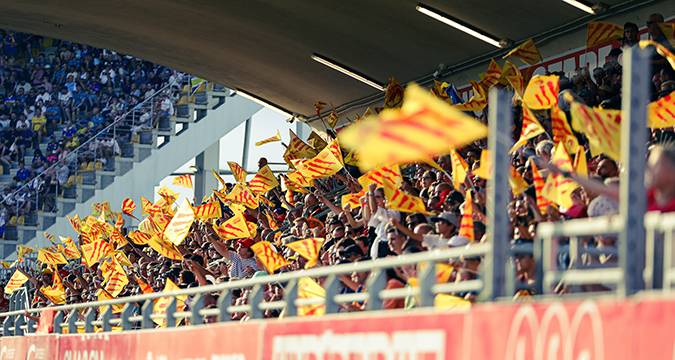 BY integrating French clubs and particularly Catalans Dragons to their competition, there’s something the stakeholders of Super League probably never predicted.
The arrival of the Catalan culture on the terraces of Super League stadia.
On paper, it could have been challenging already for the North England based authorities to cope with the
BY integrating French clubs and particularly Catalans Dragons to their competition, there’s something the stakeholders of Super League probably never predicted.
The arrival of the Catalan culture on the terraces of Super League stadia.
On paper, it could have been challenging already for the North England based authorities to cope with the Treiziste Diary: Inside Catalans Dragons’ unique fan culture
 BY integrating French clubs and particularly Catalans Dragons to their competition, there’s something the stakeholders of Super League probably never predicted.
The arrival of the Catalan culture on the terraces of Super League stadia.
On paper, it could have been challenging already for the North England based authorities to cope with the
BY integrating French clubs and particularly Catalans Dragons to their competition, there’s something the stakeholders of Super League probably never predicted.
The arrival of the Catalan culture on the terraces of Super League stadia.
On paper, it could have been challenging already for the North England based authorities to cope with the 